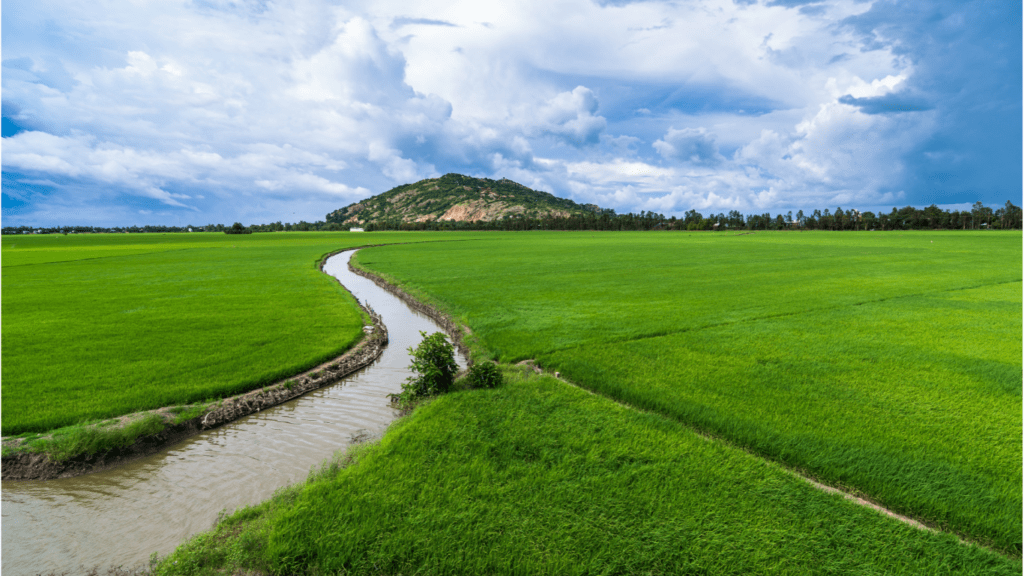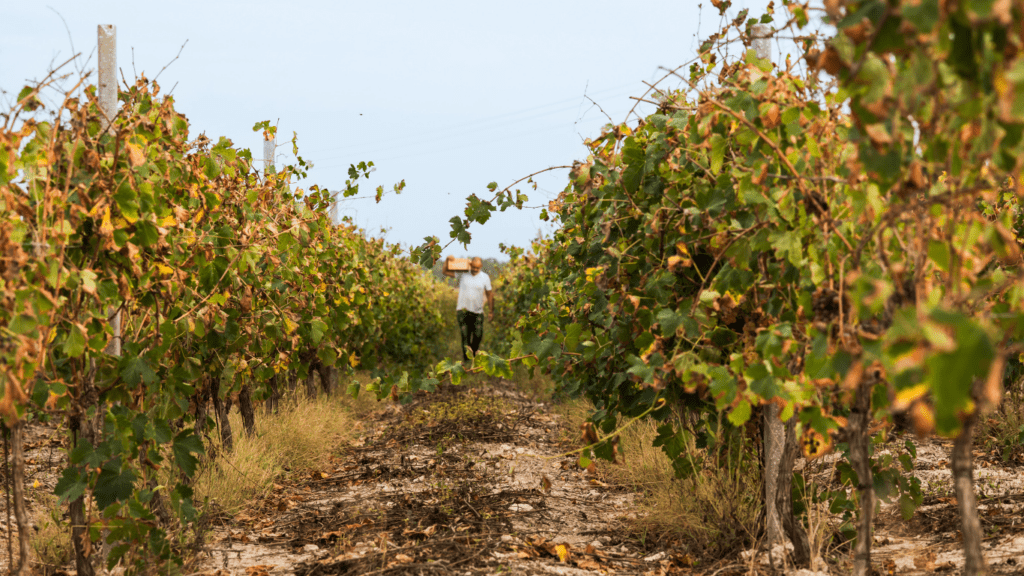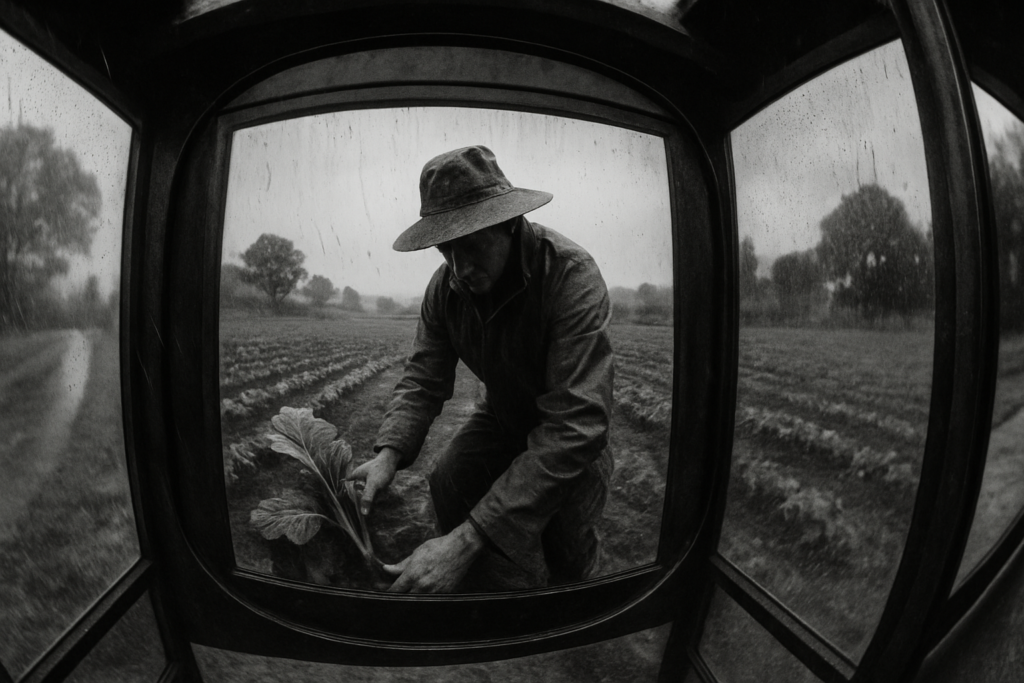Understanding Drought-Prone Farms
Drought-prone farms consistently face water scarcity, impacting crop yields and farmer livelihoods. These regions often experience irregular rainfall patterns, making water management critical for sustaining agriculture. Soil quality often deteriorates in such areas due to a lack of moisture, further complicating farming efforts.
Effective water management starts with understanding the specific challenges of these farms. For example, lack of access to water sources forces farmers to rely on limited rainfall or aquifers. Identifying these constraints helps create tailored water management solutions.
Crop selection plays a crucial role in drought-prone farms. Choosing drought-resistant crops, like sorghum or millet, helps mitigate the effects of water scarcity. These crops require less water and withstand extreme conditions better than traditional options.
Advanced irrigation systems, such as drip irrigation, optimize water usage. They deliver water directly to plant roots, reducing evaporation and runoff. Installing these systems can extend water supplies and improve crop health.
Rainwater harvesting offers another effective strategy. Collecting and storing rainwater provides an additional water source during dry spells. Farmers can use this stored water to supplement irrigation, ensuring crops receive necessary hydration even in low-rainfall periods.
Understanding the environmental and infrastructural constraints of drought-prone farms makes it easier to implement effective water management solutions. Tailored approaches, crop selection, and advanced systems can significantly improve outcomes for farmers facing water scarcity.
Importance Of Effective Water Management

Effective water management is crucial for ensuring sustainable agriculture in drought-prone areas, where water scarcity poses significant challenges. Implementing effective strategies can help optimize water use, maximize crop yields, and maintain soil health even during periods of low rainfall. Key components include advanced irrigation techniques, soil moisture management, and conservation practices.
Advanced Irrigation Techniques
Advanced irrigation techniques like drip irrigation minimize water waste by delivering water directly to the plant roots. This method contrasts with traditional flood irrigation, which often results in significant evaporation losses. For example, drip irrigation can reduce water usage by up to 50% compared to conventional methods, making it ideal for drought-prone areas.
Soil Moisture Management
Maintaining optimal soil moisture levels ensures healthier crops and efficient water use. Techniques such as mulching can help retain soil moisture by reducing evaporation. Regular soil moisture monitoring using sensors can provide real-time data, enabling precise irrigation scheduling and reducing the risk of over- or under-watering.
Conservation Practices
Water conservation practices like rainwater harvesting can supplement irrigation efforts during dry spells. Collecting and storing rainwater in tanks or ponds provides an additional water source when natural precipitation is insufficient. Additionally, creating contour bunds or terraces can reduce runoff and increase water infiltration into the soil, further conserving water resources.
Selecting Drought-Resistant Crops
Choosing drought-resistant crops like sorghum, millet, or certain varieties of beans, can improve farm resilience to water scarcity. These crops are genetically adapted to withstand dry conditions better than typical crops, ensuring more consistent yields despite varying water availability. For instance, sorghum uses about one-third less water than crops like maize, making it a better option for drought-prone farms.
Environmental and Infrastructural Considerations
Understanding environmental and infrastructural constraints is key to designing effective water management plans. Factors such as:
- soil type
- topography
- existing irrigation infrastructure
influence the choice of strategies. Tailoring solutions to fit these specific conditions ensures more efficient use of available resources and helps mitigate the effects of water scarcity.
Effective water management practices in drought-prone farms can significantly enhance agricultural productivity and sustainability. By leveraging advanced irrigation methods, soil moisture strategies, conservation techniques, and drought-resistant crops, it’s possible to create resilient farming systems that thrive even under challenging water conditions.
Traditional Water Management Practices
Traditional water management practices have long supported drought-prone farms by maximizing limited water resources. These methods remain relevant today.
Rainwater Harvesting
Rainwater harvesting collects and stores rainwater for agricultural use. Farmers build catchment areas and install storage tanks to capture runoff. Using rainwater reduces dependence on external water sources and helps recharge groundwater levels. In my experience, this method proves cost-effective and sustainable.
Crop Rotation
Crop rotation involves alternating crops in a specific sequence on the same land. This practice improves soil fertility and optimizes water use. By rotating drought-tolerant crops, farmers can better manage soil moisture and reduce pest infestations. For instance, rotating legumes with cereals enhances nitrogen levels, reducing water needs.
Mulching
Mulching covers the soil with organic or inorganic materials. This practice conserves soil moisture, regulates temperature, and prevents erosion. Using straw, wood chips, or plastic sheets as mulches minimizes water evaporation. I’ve noticed mulching significantly improves soil health and crop yields, especially in arid regions.
Modern Water Management Technologies
Innovative technologies make managing water in drought-prone farms more efficient. These advancements help optimize water use and improve crop yields.
Drip Irrigation Systems
Drip irrigation systems deliver water directly to plant roots. This method reduces evaporation and runoff. By using narrow tubes, farmers ensure that each plant gets the exact amount of water it needs. An example is the Netafim system, which allows precise control of water flow, enhancing water use efficiency by up to 95%. Drip irrigation also minimizes water wastage by targeting specific areas rather than the entire field.
Soil Moisture Sensors
Soil moisture sensors measure the water content in soil. These devices help farmers make data-driven decisions about irrigation schedules.
By knowing the exact moisture level, farmers avoid over-irrigation and water wastage. Examples include the Tensiometer and the Time Domain Reflectometry (TDR) sensor. These tools provide real-time data, which integrates with automated irrigation systems, ensuring crops receive optimal moisture levels.
Advanced Weather Forecasting
Advanced weather forecasting tools provide accurate and timely weather data. These forecasts help farmers plan their irrigation and crop management activities.
Tools like the Weather Research and Forecasting (WRF) model offer highly detailed and localized weather predictions. Access to precise weather information allows farmers to optimize water usage by aligning irrigation schedules with upcoming weather conditions, conserving water during expected rainfall periods.
Case Studies Of Successful Implementations
Examining real-world examples of effective water management solutions in drought-prone farms provides valuable insights for optimizing practices.
Case Study 1
A farm in California faced severe water shortages, challenging its irrigation-dependent crop yields. To address this, the farm integrated drip irrigation systems, soil moisture sensors, and advanced weather forecasting tools. The drip irrigation system reduced water usage by 30%, efficiently directing water to plant roots.
Soil moisture sensors provided real-time data, preventing over-irrigation and ensuring optimal water levels. Weather forecasting tools allowed precise irrigation scheduling, aligning water use with rainfall predictions. These combined technologies resulted in a 20% increase in crop yield, demonstrating the synergy of modern water management practices.
Case Study 2
In Australia, a cattle farm implemented rainwater harvesting and rotational grazing to combat water scarcity. The farm built large catchment areas and storage tanks, capturing and storing rainwater. This rainwater system supplied 70% of the farm’s annual water needs.
Rotational grazing improved soil health, enhancing its water retention capacity. Combined, these practices reduced the farm’s reliance on external water sources, optimized water usage, and maintained a healthy grazing ecosystem. Consequently, the farm experienced increased livestock productivity and sustained operations during periods of drought.
Benefits Of Sustainable Water Management
Sustainable water management improves crop resilience. By adopting advanced irrigation techniques and optimizing water use, farmers see higher yields even in drought-prone areas.
Efficient water use boosts soil health. Implementing practices like mulching and crop rotation helps soil retain moisture and nutrients, leading to better overall soil structure and fertility.
Reduced water wastage translates to cost savings. Using technologies like drip irrigation and soil moisture sensors ensures water reaches crops’ root zones, minimizing waste and lowering irrigation costs.
Enhanced environmental conservation is another significant benefit. Sustainable practices, such as rainwater harvesting, reduce the dependence on external water sources, preserving local ecosystems and biodiversity.
Community health gains from sustainable practices. These methods prevent water resource depletion and contamination, ensuring clean and accessible water for all community members.
Economic stability grows with water management solutions. Consistent crop yields and reduced resource expenditures lead to more predictable incomes and greater financial security for farmers.
Optimal water use also mitigates climate impact. By efficiently managing water resources and adopting eco-friendly agricultural practices, farmers contribute to overall climate resilience.
Increased productivity follows sustainable water practices. Access to precise water management data enables farmers to make informed decisions, aligning irrigation with actual crop needs and weather patterns. This maximizes productivity and optimizes resource allocation.
Challenges And Considerations
- Farmers in drought-prone regions face several challenges. Water scarcity tops the list, impacting crop yields and livestock productivity. Limited water requires strategic allocation to ensure essential farming activities aren’t compromised.
- Soil quality affects water retention and crop growth. Sandy soil, for instance, drains quickly and needs frequent irrigation, whereas clay soil holds water but can become waterlogged. Understanding soil types aids in selecting suitable crops and irrigation methods.
- Economic constraints restrict access to advanced technologies. Small-scale farmers often lack funds to invest in efficient irrigation systems or weather forecasting tools. External funding and government subsidies can alleviate these financial barriers.
- High temperatures and prolonged dry spells intensify water demand. Without adequate water, crops wilt, and livestock suffer. Shade nets or windbreaks can mitigate heat stress.
- Infrastructural limitations hinder efficient water delivery. Aging pipes and inefficient distribution systems result in significant water loss. Upgrading irrigation infrastructure reduces these losses.
- Legal constraints, like water rights and allocations, affect water access. Regulatory frameworks must balance agricultural needs and water conservation.
- Finally, adopting new technologies often requires training. Farmers must understand and efficiently use advanced irrigation techniques and soil sensors to maximize benefits. Extension services and agricultural training programs can bridge this knowledge gap.



